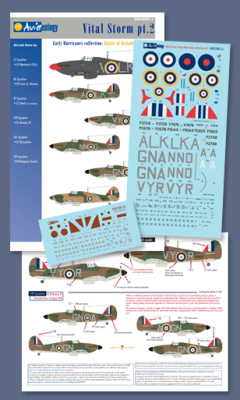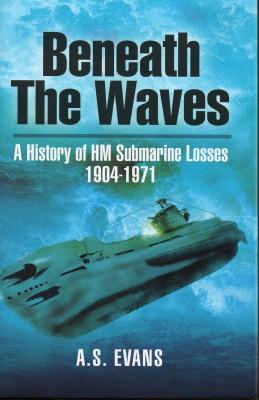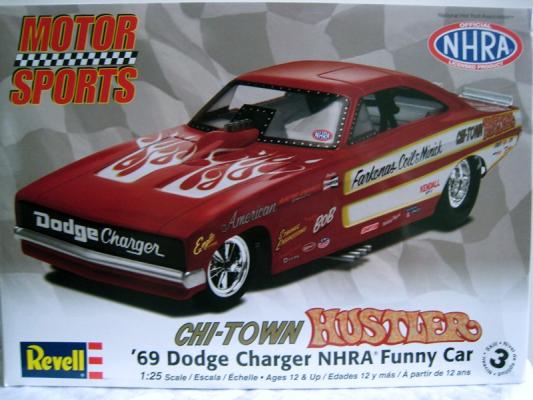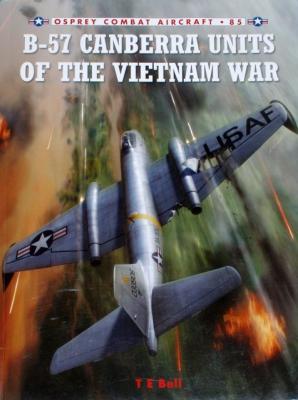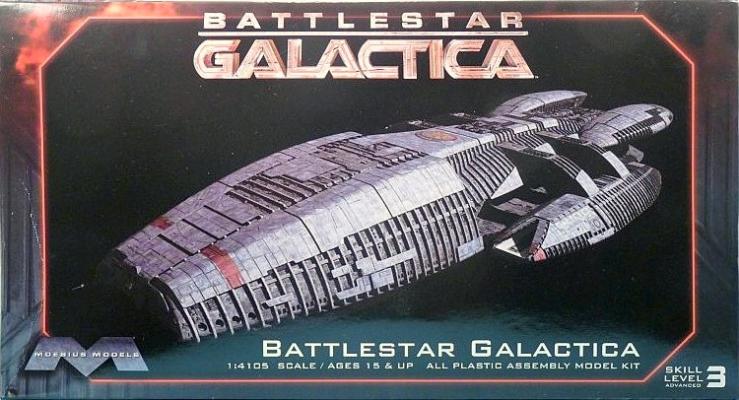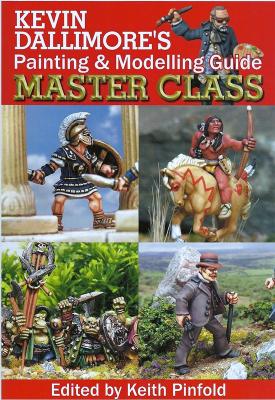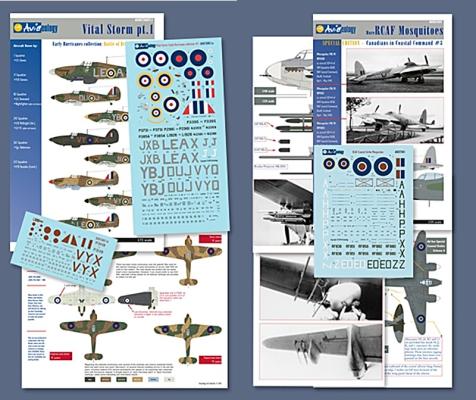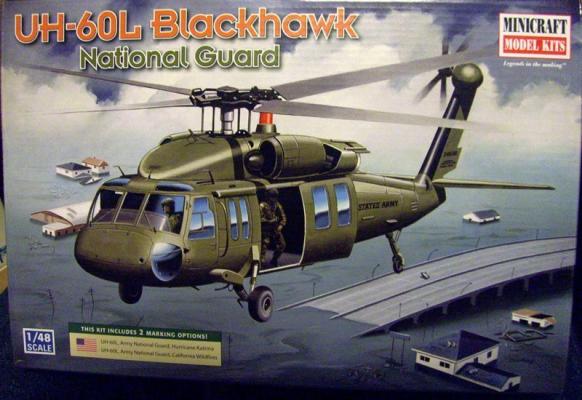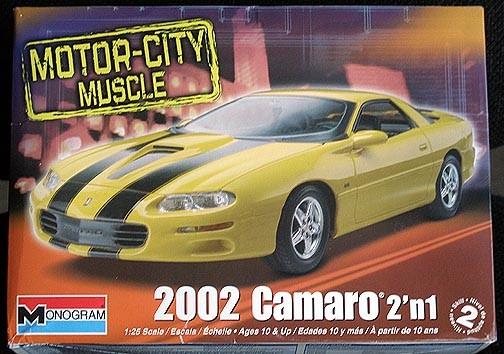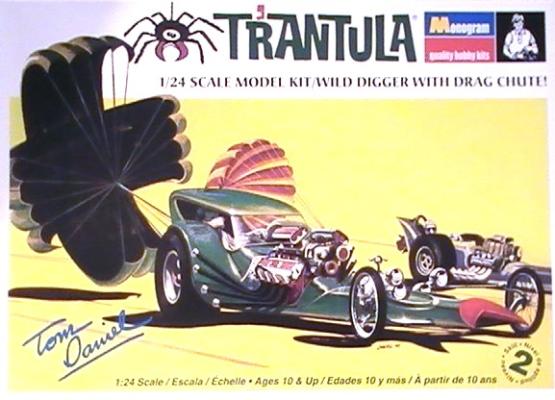Are you wondering what to do with all your Hasegawa/Airfix Hurricane Mk I’s? Well wonder no longer, because Aviaeology's new sheet on the subject solves that problem for you. Vital Storm part 2 is a follow-up to the previously reviewed Vital Storm part 1. Aviaeology provides well researched decals on eight subjects including three alone for Ian Gleed's mounts. Each subject is complete with narratives on time period and painting suggestions. The instructions and diagrams are provided on three photo copied sheets, but an email request to Aviaelogy will get you a promptly sent color PDF of the instructions which will prove helpful. I especially appreciate the listing of books and accessories that could further aid the modeler in his quest to build the perfect Hurricane. Listed below is a breakdown of the subjects.
What's New
This new Pen & Sword book from Casemate Publishing is about all of the British submarine losses from 1904 – 1971. Starting from the A1 (1904) to the Artemis (1971). Having been a submarine sailor myself for 14 years, I’m always looking for new and informative books on the subject. When I saw that there was a new Casemate book coming out I knew that I had to have it because I have very little on the British side and because of the high quality of Casemates books. Their books are very well bound and have high quality glossy pictures.
The book is divided up into 5 parts and 2 appendices. They are:
Revell has come out with an all new tool kit of this iconic late 1960’s funny car *, with the offset engine, hood, and chassis all faithfully reproduced in the kit. Based on the reproduction of the actual car, the kit consists of 90 parts, with chrome, body, and clear parts bagged separately from the others. The new mold is impressive: the fiberglass body is a spot on reproduction of the ‘Mini- Charger’, and the chassis frame is delicately molded in one piece with a fully detailed offset cockpit and roll cage. Details are crisp, fit is Tamiya-like, and the model looks great when completed. Rated a “3” in terms of difficulty, experience with small parts is a must. I built the major sub-assemblies: body, engine, chassis frame, suspensions, and cockpit following the 9 page instructions. Here are my notes and comments:
Although not as ‘famous’ as other U.S. aircraft of the Vietnam war, the B-57 Canberra was the first jet-powered American attack aircraft committed to the conflict. It carried out daily interdiction missions against enemy activity on the Ho Chi Minh Trail and also participated in classified ‘Black’ missions into Laos and Cambodia. The aircraft and her crews performed gallantly during the famous ‘Rolling Thunder’ missions. As well as being there at the beginning, the B-57 soldiered on for the duration of the Vietnam War from the basic B and C models (which did not even have control boosts or hydraulic aids to make maneuvering the aircraft easier or radar and advanced navigation systems for night bombing missions) all the way to the state-of-the-art G models.
Description and History
From the Moebius Models web site:
“Galactica was one of the first twelve Battlestars to be constructed by the Colonials, each representing one of the twelve colonies; Galactica represented Caprica. As such, she is some 50 years old. Galactica (BS 75) is a veteran Battlestar and the last of her kind still in service with the Colonial Fleet at the time of the destruction of the Twelve Colonies. Built during the early days of the Cylon War, she becomes one of only two known Battlestars (the other being Pegasus) to survive the renewed Cylon attack on the Twelve Colonies. By the time of this attack, she was part of the 75th Battlestar Group (BSG-75).'
In the Box
Several light beige sprues with parts numbered 3 to 45. There are multiples of some parts, 2 major hull parts, 1 clear sprue, 1 metal rod for the base, a sturdy base and 1 decal sheet, and a partridge in a pear tree.
Kevin Dallimore’s book might be the one-stop shop for the figure painter. It briefly covers the basics of figure preparation and painting (showing step-by-step pictures of the 3-color method) on the first 30 pages and then dives into different painting styles and projects. Some of the techniques described in the book include: 5-color method, dry-brushing; diluted washes; non-metallic paint for metallic looking finishes; textured leather; ancient shield painting; skeletons and more.
The above techniques are applied to a wide range of subjects, from Napoleonic figures, to Ancient Romans, Sci-Fi, Fantasy figures (Orcs of all kinds and colors), WW2 paratroopers, Old West characters and animals. Step-by-Step pictures clearly explain and show how to achieve realistic finishes by methodically applying the techniques described in the book.
Editor's note: This review combines two (2) decal sheet products from the manufacturer and this explains the double title. The sets are listed as:Stock #: AOD72007.1 (Hurricanes) and AOD72011 (Mosquitos) and priced at $11.89 and $8.89 respectively. Canadian dollars and US dollars are at approximately par value at this writing.
The UH-60 Blackhawk is the primary transport helicopter for the United States Army and Air Force. The UH-60 fills almost every need for transport, search and rescue, re-supply and even armed combat. The UH-60L is the National Guard version of this machine.
The Kit
Minicraft Models has had a niche market in helicopter models. I have built the 1/48 CH 46 Bull Frog and I was very impressed. When I received the Blackhawk kit I tore into it right away. The first thing I noticed was a date embossed in each tail boom of 1985. Well that dates it for me.
There is, of course, a bit of flash around the small parts but they are not insurmountable.
Monogram’s re-released their 2002 Camaro kit as a two-in-one offering in the “Motor-City Muscle” series, with decals and extra parts for a stock SS or Z28, or optionally, the 35th Anniversary SS Edition. It’s molded in white plastic, and for the most part is a pretty easy build, though scraping mold lines from parts as well as cleaning up edges and mating surfaces will go a long way to help things fit better.
Planning the build: on my sample, dry-fitting things at the beginning of construction revealed that both the front clip and rear bumper were a little too wide for the body shell, so rather than waiting to attach them until final assembly as the instructions specified, I glued the front to the body shell first and faired it in so the parts matched. I reasoned that I could still assemble all the interior stuff later….turned out I was almost correct (read on).
Introduction
When Monogram released the T’rantula in 1968, I was interested - another Tom Daniel design of a cool but hot rod. Problem was, I would have had to mow an extra lawn or two for the money (probably a whopping $3 or $4 back then) since my budget was quickly spent on Vietnam era aircraft and armor kits that I could watch on the news. I was pleased to see Revell re-release this kit in December 2010 so I could finally satisfy my curiosity.
My thanks go out to Revell for re-releasing and providing this kit for review and to IPMS USA for letting me do the review.

